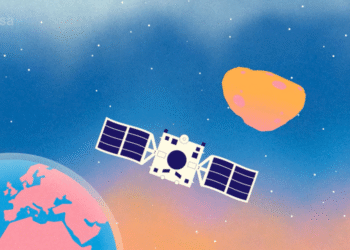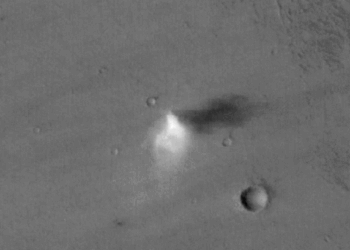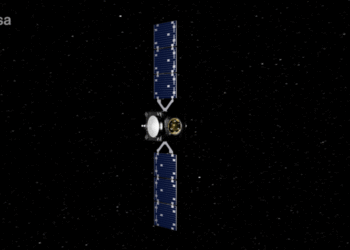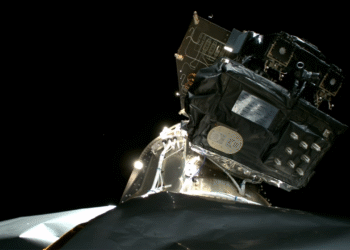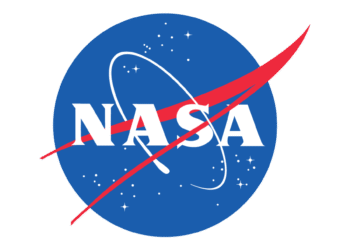NASA’s Nancy Grace Roman Space Telescope is set to revolutionize our understanding of the universe’s expansion and the mysterious force known as dark energy. This cutting-edge telescope is designed to conduct an ambitious survey that will map the distribution of galaxies across the cosmos with unprecedented precision.
Cosmic Cartography
The Roman Telescope’s primary mission is to trace the universe’s expansion history. By observing a variety of galactic and cosmic phenomena, the telescope aims to construct a detailed map of galaxy positions, spanning billions of light-years. This map will enable scientists to explore how gravitational influences in the universe have evolved over time.
Understanding Dark Energy
A key aspect of the telescope’s mission is to shed light on dark energy, the enigmatic force responsible for accelerating the universe’s expansion. By studying distant supernovae, galaxy clustering, and gravitational lensing, the Roman Telescope will provide invaluable data to enhance our understanding of this elusive phenomenon.
Survey Techniques
To achieve its objectives, the Roman Telescope will use several innovative survey techniques:
- Supernovae observations to gauge distances across the cosmos.
- Galaxy clustering analyses to understand the large-scale structure of the universe.
- Weak gravitational lensing studies to map dark matter.
Impact on Modern Astronomy
By addressing questions fundamental to cosmology and astrophysics, the Roman Space Telescope will significantly impact our comprehension of the universe. Additionally, it will complement other advanced observatories, offering a broader, richer picture of cosmic phenomena.
For a more detailed overview of NASA’s Roman Telescope and its mission objectives, you can read the full article on NASA’s website: NASA’s Roman Core Survey.



